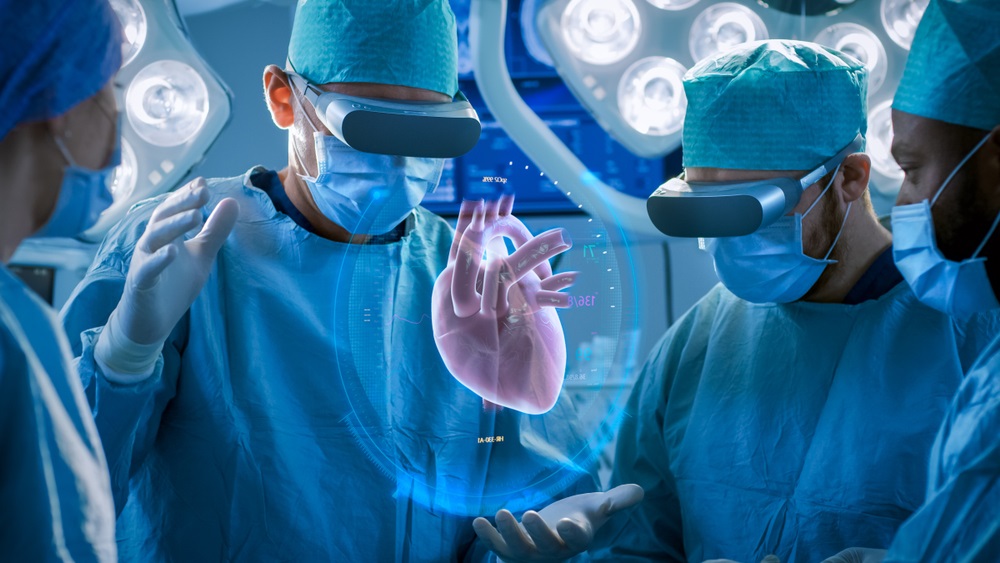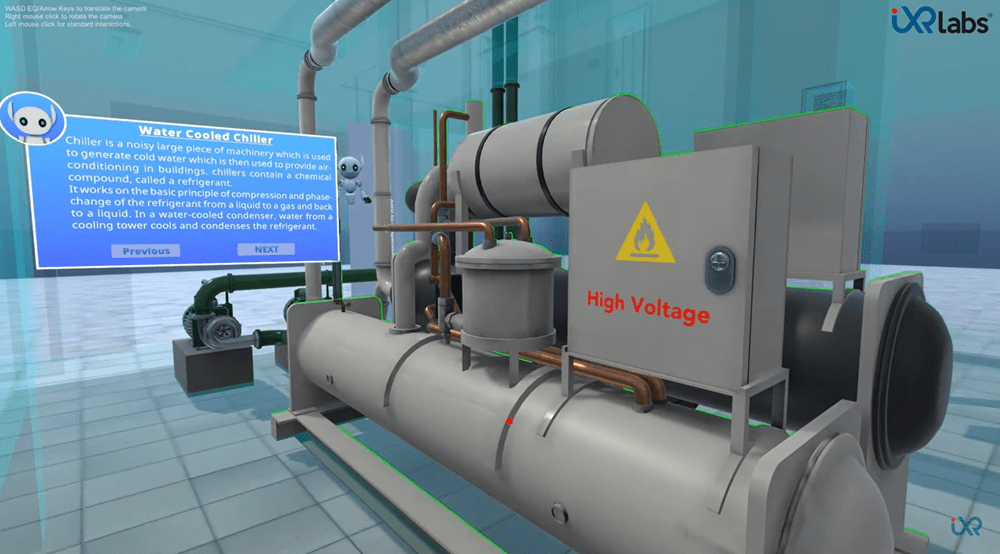VREST: VR in Educational Surgical Training for Surgeons

With advanced tech, comes the need for advanced training. VR in Educational Surgical Training does precisely this. NCBI has reported that 30% of graduating surgeons are unable to independently perform a successful surgery. Why is this so?
Earlier, a surgeon needed at least 10 to 20 practices to reach optimum efficiency. However, recently with the development of newer technology and advanced machines, a surgeon needs an average of 50 to 100 surgeries to be called an expert.
BMJ has reported medical errors to be the third leading cause of death globally.
Virtual reality surgical training addresses this in an innovative manner. Through simulators designed for training and practicing, the tech can implement a safe environment to fail. And learn.
But to be implemented, new techs require solid research support.
Western Orthopedic Association contributed to this. The Association estimated that through virtual reality medical school, were able to complete surgeries 20% faster and did 38% more steps accurately than those who were given traditional mode of practice.
VR is definitely the concrete solution to train and adapt for practicing surgeons. Let us take a look at some examples of its benefits.
Benefits of VREST
Training Sans Risk
Advanced techniques such as laparoscopic procedures and robotic surgeries require a specific set of skills. Moreover, it requires real-life scenarios to be practiced upon.
The variables that occur in real-life cannot be entirely replicated in the traditional surgery practice settings. However, with VR surgical training, this is possible.
More practice leads to better muscle memory and translates to error free applications.
Real Time Analysis
Being able to practice in a safe setting is complemented by the ability to get instant feedback.
User movements, time spent, choice of tools, modus operandi, and a wide array of other inputs can be transmitted to the tutor in real time. This makes evaluation more objective.
In an operative situation, the bookish representation of human anatomy may not hold true. Through constant feedbacks about procedures, and regular updates as well as a dynamic representation, the surgery students can be well equipped for real life scenarios.
The former benefit is the one that is driving the current change. Being able to perform life-like surgeries in a consequence free environment is a testament to the future of the tech in surgical VR training practices.
It is precisely due to this factor that a lot of key industry players are currently adopting this tech. Let us take a look at few use cases of VR surgical training.
Use Cases of VR Surgical Training

New Castle Hospital in UK is using a VR platform to train its surgeons. They use haptic devices to imitate medical instruments.
Additionally, they are also using data analysis to gain an objective understanding of the measure of surgical skills.
At John Hopkins University, the surgeons are trained to use immersive technology to study as well as perform surgeries. A recent example is a spinal surgery completed through immersive tech to limit human error and to increase efficiency.
University of Washington Medicine is conducting experiments with their surgical training tools. With a built in AI platform, and impeccable 3D renderings, the surgeons are trained in real-life scenarios and the data is analyzed in real time.
University of Chicago is integrating VR solutions for surgery planning, training, and education.
University of Texas is combining patient scan replicas with VR tools to emulate surgical tactics on patients from the real world.
The University College London Hospital has integrated a VR platform to sharpen the skills of their surgical workforce.
They are providing their trainees with life-like situations (simulations) and using haptic feedback with realistic vibration patterns to replicate a high-risk scenario in its entirety.
"Step into the Future of Surgical Excellence: Discover How Virtual Reality is Revolutionizing Educational Training for Surgeons. Join the Cutting Edge of Medical Innovation Today!"
Virtual Reality in Education for Better and Faster Learning
With the best industry players adopting the tech, virtual reality surgical training seems to be the future of surgical training.
The real benefits lie in real time feedback, objective data assimilation, reduced supervision demands, ability to practice surgical procedures end to end, and a realistic surgery experience rather than an illustrated one.
The market looks ready for adoption. However, validation is key. Any tech being adopted into the
field must be scrutinized to promote its viability and safety. So what does the future look like?
Conclusion
The academic and research institute segment of the surgical VR simulation market is expected to achieve maximum growth according to PSMarket Research.
This is owing to the benefits of VREST as well as a growing number of institutions dedicated to provide this education. Let us look at the numbers. According to PSMarket Research,
Global surgical simulation market will exhibit a CAGR of 4% from 2020 to 2030.
It will experience tremendous growth from the earlier calculated value of $337.4 Million in 2019.
The major driving factor is the count that 7 Million patients experience complications each year globally. The rectification has to begin at the level of education.
Other factors include the increasing number of surgical procedures and the uncompromising advancement of technological development.
The growing geriatric population also contributes significantly to the adoption of this tech.
Virtual reality is becoming an inevitable phenomenon across industries and applications. To understand more about how VR for higher education, visit us at www.ixrlabs.com





